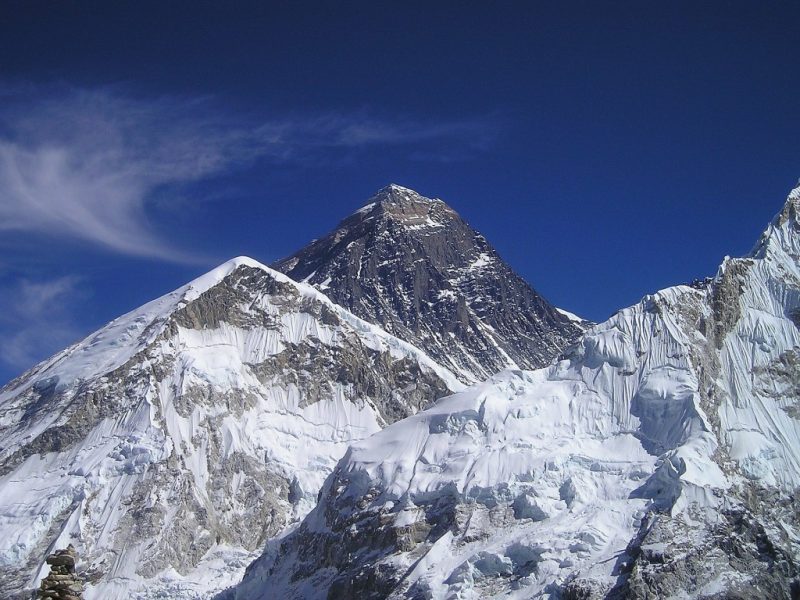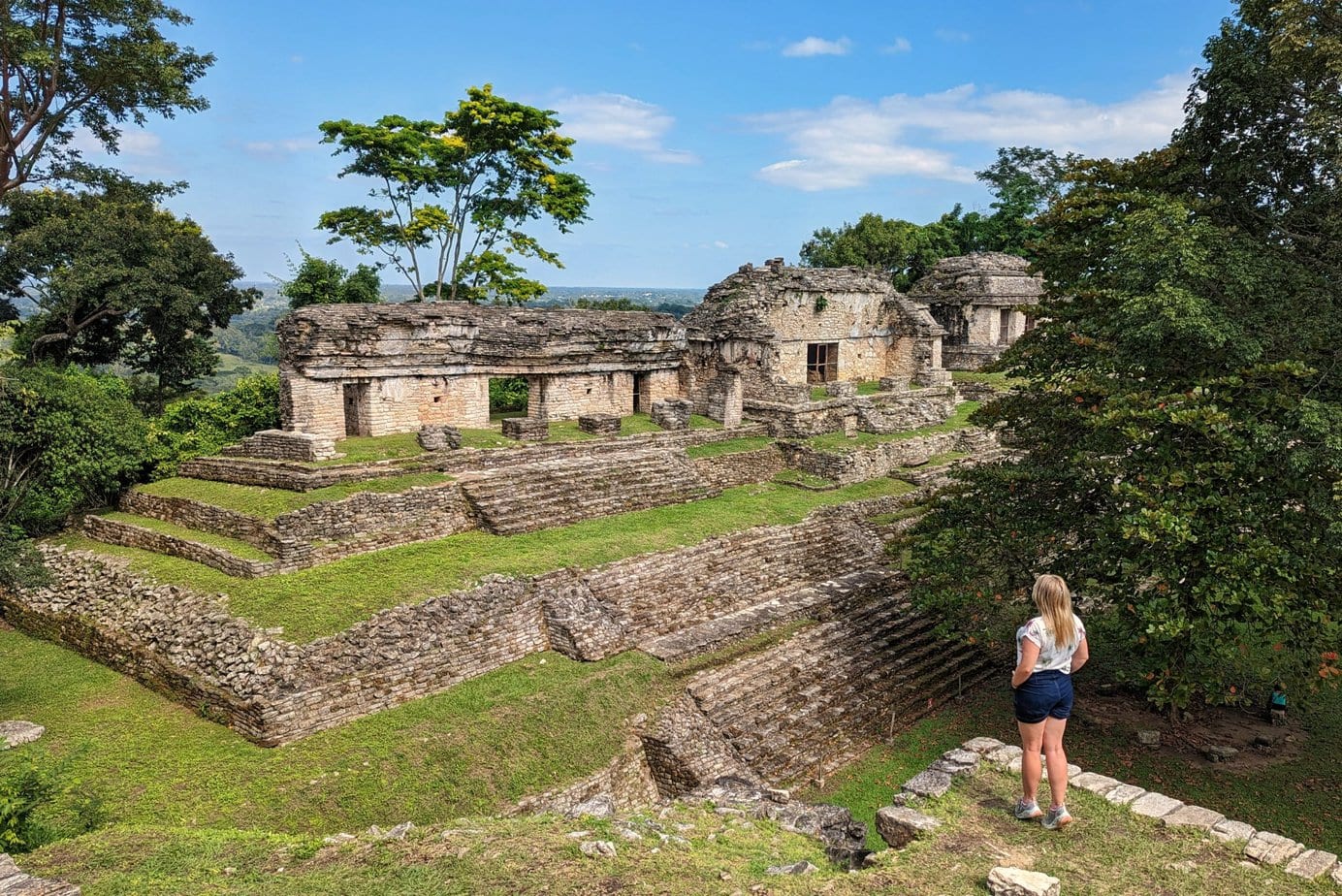Some posts on this site contain affiliate links. If you book or buy something through these links, I earn a small commission (at no extra cost to you). Take a look at my privacy policy for more information.

Embarking on a mountaineering expedition is not for the faint of heart. It’s a pursuit that calls to those seeking a taste of the extraordinary, pushing the boundaries of physical and mental endurance. Two destinations that stand out in the realm of extreme mountaineering are the Himalayas and Alaska.
These towering landscapes, though worlds apart, share the common thread of presenting unparalleled challenges to those who dare to ascend their peaks. In this exploration, we’ll delve into the unique difficulties posed by these majestic environments and the awe-inspiring rewards that await those who brave the climb.
Whether you’re drawn to the spiritual heights of the Himalayas or the untamed wilderness of Alaska, each ascent promises a once-in-a-lifetime adventure.
Alaska’s Wild Frontier: Unpredictable Weather and Isolation
Alaska, a vast and untamed wilderness, offers a starkly different but equally challenging mountaineering experience. The state’s rugged terrain is characterized by massive glaciers, jagged peaks, and extreme weather conditions. One of the foremost challenges faced by climbers in Alaska is the unpredictable weather.
Sudden storms can descend with little warning, transforming a clear day into a whiteout of biting winds and swirling snow. The ability to read the weather becomes a survival skill, and climbers must be prepared for anything Mother Nature throws their way.
Navigating crevasse-laden glaciers, such as those on the challenging Denali climb, requires not only technical skill but also a deep understanding of the ever-changing ice conditions.
The isolation, though, grants climbers a profound sense of communion with nature, an experience that transcends the physical demands of the ascent and for those seeking a different kind of adventure, consider a once-in-a-lifetime experience like an Alaskan cruise, where the majestic landscapes unfold from the comfort of the sea.
The Majestic Himalayas: Altitude and Spiritual Heights
The Himalayas, home to the world’s highest peaks, including the iconic Mount Everest, beckon climbers with a mix of breathtaking beauty and formidable challenges. One of the primary hurdles is the staggering altitude. As you ascend, the air thins, leaving you gasping for breath and your body struggling to acclimate.
Altitude sickness becomes an ever-present threat, a reminder of the delicate balance between human ambition and the raw power of nature. The majestic allure of these peaks, however, acts as a magnetic force, drawing climbers into a realm where the thin air is infused with a sense of spiritual transcendence.
Navigating the icefalls and crevasses of the Khumbu Glacier on the Everest Base Camp trek in Nepal is a test of skill and nerve. The unpredictable nature of the ice formations requires constant vigilance, turning each step into a calculated risk.
Yet, as you traverse this frozen landscape, surrounded by towering peaks and the deafening silence of the snow-covered expanse, the challenges become a rite of passage. The Himalayas demand respect and resilience, rewarding climbers not just with stunning views but with a profound sense of accomplishment and a connection to something greater than themselves.
The Mental Game: Facing Fear and Embracing the Unknown
Beyond the physical challenges, mountaineering in these extreme environments is a mental game of fortitude and resilience. The constant exposure to harsh conditions, coupled with the isolation and the inherent risks of high-altitude climbing, can wear down even the most seasoned climbers.
Fear becomes a companion, a shadow that must be faced and conquered. The thin line between a calculated risk and recklessness requires split-second decision-making, adding an extra layer of intensity to each step.
In the Himalayas, the vastness of the landscape and the relentless ascent can lead to moments of doubt and introspection. Yet, it’s in these moments that climbers discover a well of inner strength they never knew existed. The Himalayas, with their deep-rooted spiritual significance, offer a unique opportunity for self-discovery and transformation.
In Alaska, the mental challenge is woven into the fabric of the untamed wilderness. The isolation, coupled with the ever-present danger of avalanches and icefalls, demands a mental resilience that goes beyond physical prowess.
Climbers in Alaska must learn to embrace the unknown, finding solace in uncertainty and deriving strength from the sheer magnitude of the landscape.
Conclusion
Mountaineering in the Himalayas and Alaska is an unparalleled journey into the heart of extreme environments. Each ascent is a dance with nature, a test of physical and mental mettle that pushes climbers to their limits and beyond.
The challenges, though daunting, pale in comparison to the rewards — the sweeping vistas from towering peaks, the quietude of untouched wilderness, and the profound sense of accomplishment that comes from conquering nature’s formidable heights.
So, whether you’re drawn to the spiritual heights of the Himalayas or the untamed wilderness of Alaska, a mountaineering expedition promises an adventure like no other, its a journey that transcends the physical and reaches into the soul.



